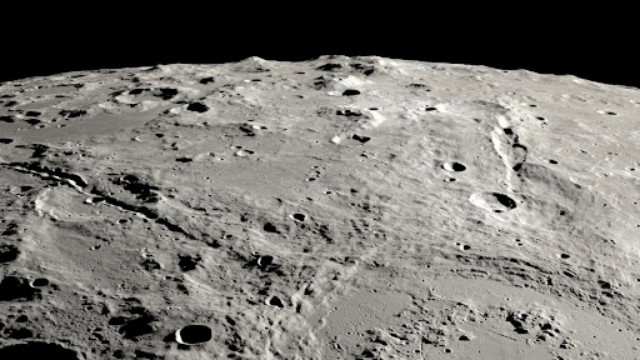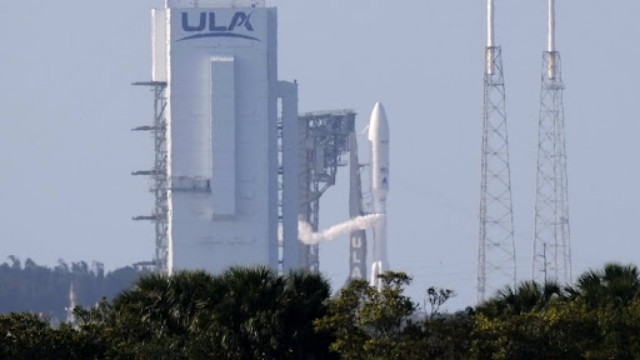
A NASA image captures an angled view of the Moon’s far side, revealing two massive canyons created by an ancient asteroid impact. (Ernie T. Wright/NASA via AP)
NASA is facing a leadership shake-up as four senior officials linked to its Artemis moon program step down, raising concerns about the future of U.S. space exploration. The departures come amid growing discussions about prioritizing Mars missions, backed by billionaire Elon Musk and former President Donald Trump.
Key Departures at NASA
Jim Free, NASA’s associate administrator and a vocal advocate of the Artemis program will leave by Saturday, according to two sources. His exit follows the sudden retirement announcements of three senior officials from the Marshall Space Flight Centre (MSFC) in Huntsville, Alabama. These officials, responsible for procurement, finance, and information management, played crucial roles in the moon program. Their positions are currently being filled on an interim basis, but no successor for Free has been announced.
NASA has not issued any official statements regarding these changes. However, these high-profile departures have raised concerns about stability within the agency as it navigates its long-term space goals.
Elon Musk’s Influence on Space Policy
Elon Musk, the CEO of SpaceX, has been reviewing NASA’s operations as a “special employee” of Trump’s administration. His company holds $15 billion in contracts with NASA. Musk’s vision has consistently focused on sending humans to Mars, a goal that could potentially shift priorities away from the moon.
With Trump’s return to the political spotlight and Musk’s significant financial backing of his campaign, discussions about Mars missions have gained traction. Some policymakers and advisors are questioning NASA’s commitment to the Artemis program, especially given the high costs and delays of the Space Launch System (SLS), NASA’s primary moon rocket.
The Future of NASA’s Space Strategy
During Trump’s first term, he positioned the moon as NASA’s primary focus, intending to establish bases as a testing ground for Mars exploration. However, recent shifts in political and financial backing have sparked speculation that Mars could take precedence over lunar missions.
With NASA’s annual budget standing at approximately $25 billion, a potential pivot toward Mars could lead to a restructuring of resources and mission objectives. The agency now faces an uncertain future, balancing political influences, budget constraints, and scientific ambitions.















